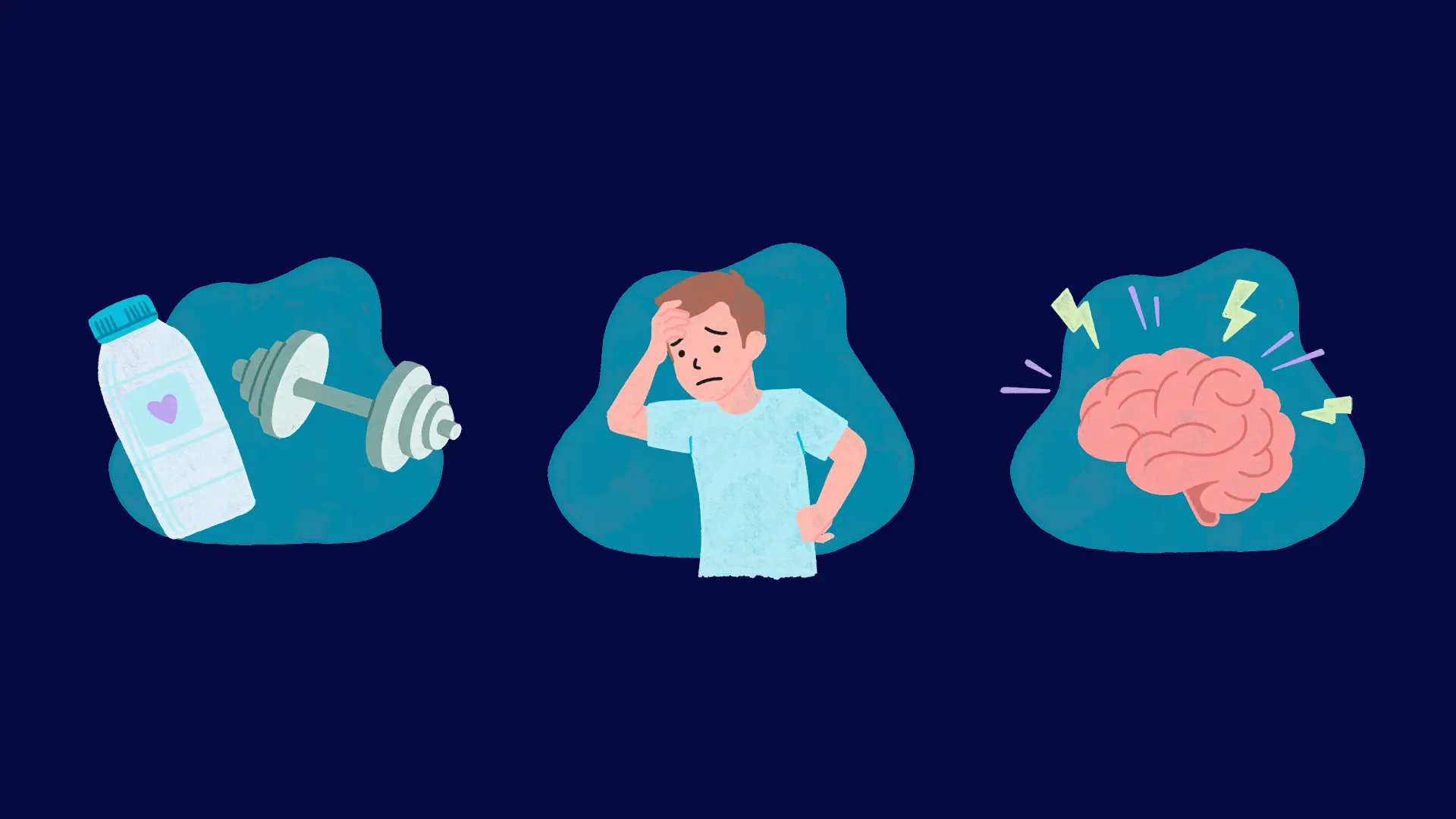
Brands don’t want to just fit in anymore. They want to be at the front of the field in their industry and lead the change. To do this, many brands choose illustration to showcase and reinforce their identity because it brings personality, warmth and originality to brand communication.
As designers, we see illustration as more than decoration. We see it as a comprehensive tool for storytelling, connection and recognition, and more brands are seeing it this way too.
Illustration in branding helps to communicate mood and tone effectively. For brands, this makes it an effective way to increase relatability and add to the human feel of their work, ultimately allowing them to build more of an emotional connection with their audience.
At Cargo, we worked with the Alan Shearer Foundation to support their new rebrand, with a goal to reach more audiences and supporters. The ‘Raise Your Hand To Help’ strapline paired well with a hand-drawn element to be explored in the brand. Research conducted in the charity and fundraising sector showed a personal touch was needed to connect with the audience and bring a sense of community. Since the Foundation works to support children and their families, a more relaxed, organic style of illustration gave the branding a playful warmth.
With stock photography, brands are very much limited to the same style of imagery across their communications. They often utilise images of real people or landscapes to support their messaging. Bespoke Illustration means that this imagery can be extended to include icons, patterns, textures and other visual elements, incorporating more colour and other unique aspects into their brand identity.
However, it’s not all just about imagery. Implementing icons and patterns across branding helps to shape the overall look and feel of a brand. It adds depth and personality to align with what the brand wants to be positioned as within its industry. It reduces the need for generic stock images and allows the brand to experiment with what looks good and what works for them, their clients and their wider audience.
Our illustration style for IDP took inspiration from their office space in a converted church, particularly the patterns of stained glass windows. These geometric tiles informed the creation of scenes representing each of the sectors in which the practice works: architecture, masterplanning and urban design. We created a clean vector style that used lots of angles, all crafted from a pixel grid to provide a sense of precision and expertise that architects are known for.
With AI on the rise across all aspects of creativity, from search to design, it’s important to remember that even with all its power, AI can’t achieve the natural aesthetic. Human imperfections should be embraced. It’s these imperfections that build a sense of connection between brand and audience.
Compared to using a computer to generate art, something created by hand as a storytelling technique ensures emotion, authenticity and cultural relevance. Generative AI is programmed to respond to prompts. Humans are designed to engage in discussions, see things from different perspectives, and translate real-life feelings into illustration.
We’ve developed a range of illustrations and icons over the years for Vita Health Group to support their campaigns on sensitive topics like mental health, physiotherapy and long-term conditions. We worked to develop a softer hand-drawn brush style to complement their brand principles and create connection with the human one-to-one services they offer.
At Cargo, our work reflects our belief that that illustration humanises brands and deepens emotional connection between company and audience. Thoughtful, consistent visuals help brands communicate who they are and what they do, as well as supporting them in standing out in competitive markets.
In a world that is increasingly influenced by AI and automation, keeping a human touch in design ensures authenticity, creativity and a lasting impact for clients.